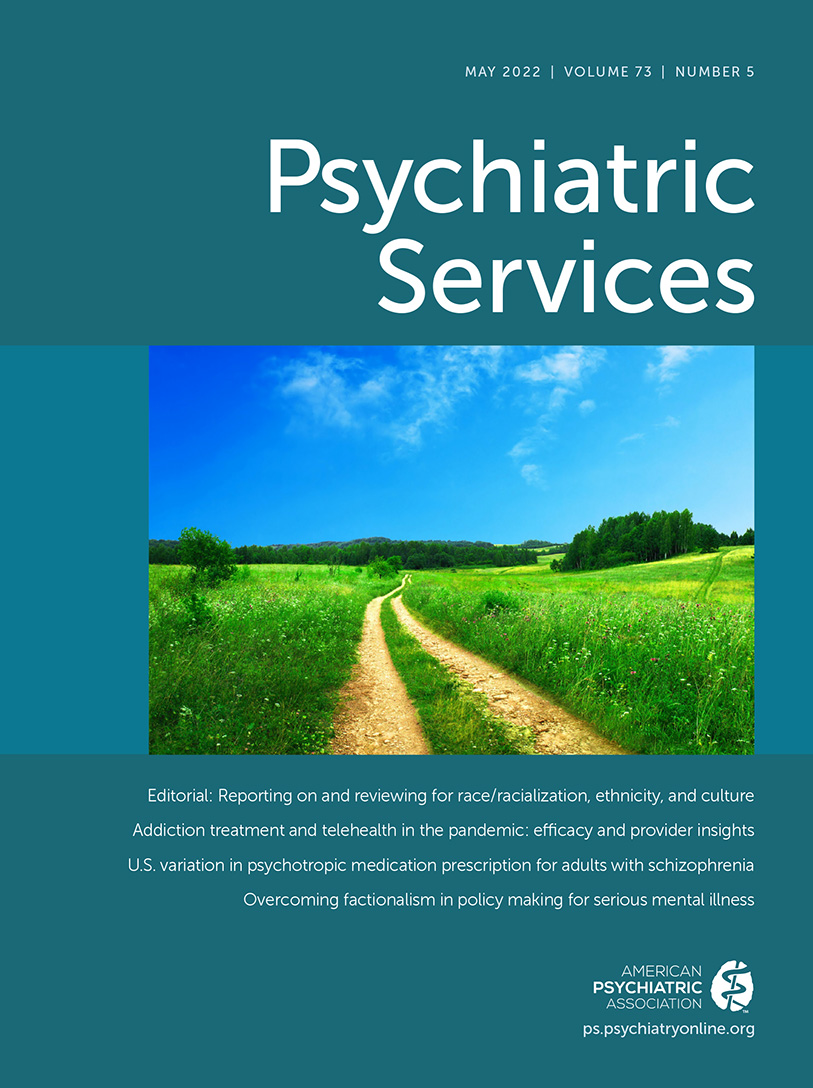Moving Beyond the Status Quo of Integrated Inpatient Medical and Psychiatric Care Units: The Path to Real-World Evaluation
Abstract
Integrated inpatient medical and psychiatric care units (IMPUs) are hospital wards that care for inpatients with both acute general medical and psychiatric disorders. IMPU development has stalled, and wide variation in IMPU designs may reflect the fact that IMPUs are still in an early evolutionary stage. High-quality evidence concerning the costs and effectiveness of IMPUs is sparse, because IMPUs do not lend themselves well to traditional evidence-based medicine methods. As a result, most studies of IMPUs have been only observational. Therefore, it is time for a different approach, in which goals for IMPUs are explicitly formulated and IMPU research is incorporated into evidence-based practice (EBP) instead of evidence-based medicine. EBP can be viewed as integrating best available evidence into organizational practices by using four pillars of evidence: organizational, experiential, stakeholder, and scientific. Such types of evidence require an investment in describing the field more precisely. When pragmatic reasoning, where clinical expertise and organizational needs determine IMPU designs, is replaced with EBP, researchers can more effectively perform studies that may convince health care policy makers that IMPUs represent a cost-effective way to improve patients’ health and that they increase the well-being of both patients and hospital staff.



